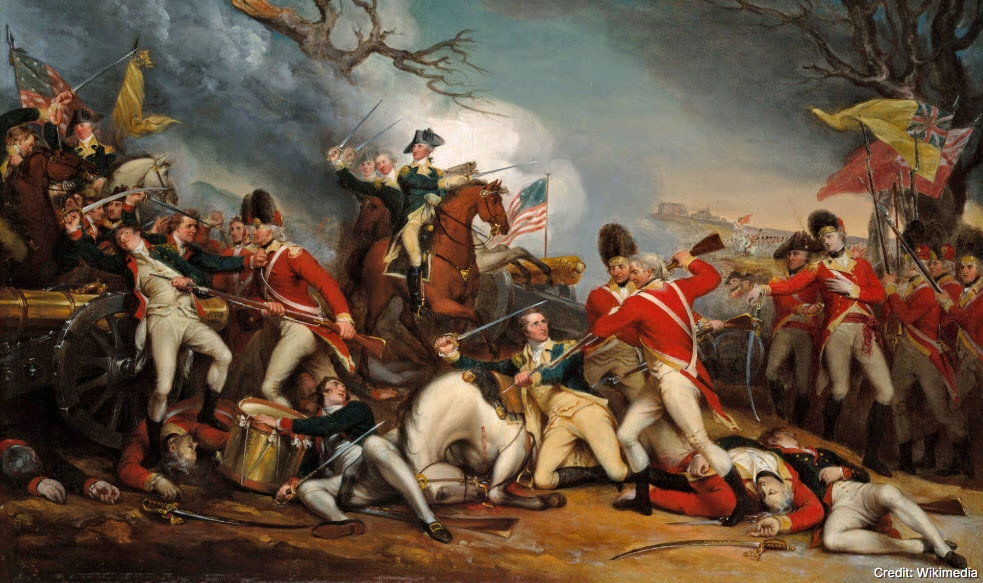
The American Revolution was one of the most transformative events in world history. From 1775 to 1783, the thirteen British colonies in North America fought a long and difficult war against Great Britain, the world’s most powerful empire at the time. What began as a dispute over taxation and self-governance evolved into a revolutionary movement that gave birth to a new nation: the United States of America.
A common question arises when studying this period: Who was the president during the American Revolution? The answer, however, is not as straightforward as it might seem. To understand it, we need to examine both the course of the Revolution itself and the political framework that existed in the colonies before the U.S. Constitution established the presidency we know today.
The Road to Revolution
The roots of the Revolution stretched back to the aftermath of the French and Indian War (1754–1763). Britain, deeply in debt after years of fighting in Europe and North America, sought to raise revenue by taxing its colonies. Measures like the Stamp Act (1765), the Townshend Acts (1767), and the Tea Act (1773) angered colonists who had no direct representation in the British Parliament. This gave rise to the slogan “no taxation without representation.”
Tensions boiled over with events such as the Boston Massacre (1770) and the Boston Tea Party (1773). In response, Britain imposed the Intolerable Acts (1774), further restricting colonial self-rule. By 1775, open conflict erupted with the battles of Lexington and Concord, often called the “shot heard ‘round the world.”
The Revolutionary War (1775–1783)
Early Struggles
At the outset, the colonists were poorly prepared for war. Britain had professional soldiers, a navy that dominated the seas, and vast financial resources. The colonies had militias, limited supplies, and no unified command.
Despite these disadvantages, the colonists had advantages of their own. They fought on familiar terrain, had widespread support from the civilian population, and possessed strong leaders such as George Washington, who became commander-in-chief of the Continental Army in June 1775.
Turning Points
The Revolution saw several pivotal battles:
- Battle of Bunker Hill (1775): Though technically a British victory, it proved colonial forces could stand up to regular troops.
- Battle of Trenton (1776): Washington’s daring Christmas night crossing of the Delaware River boosted morale.
- Battle of Saratoga (1777): This American victory convinced France to enter the war as an ally, providing crucial military and financial support.
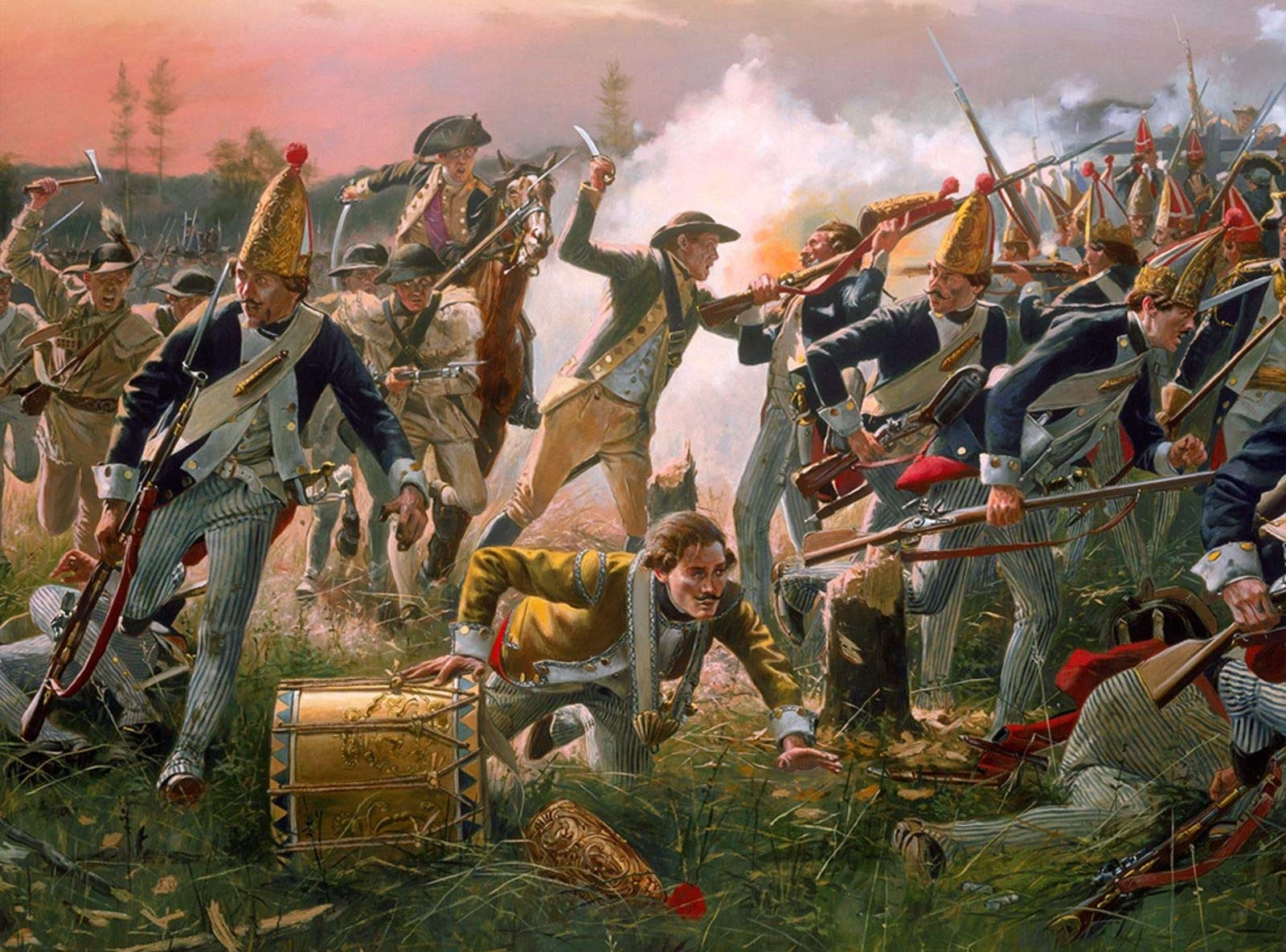
Image from www.americanrevolutioninstitute.org
- Yorktown (1781): With French naval assistance, Washington trapped British General Cornwallis in Virginia. His surrender effectively ended major fighting.
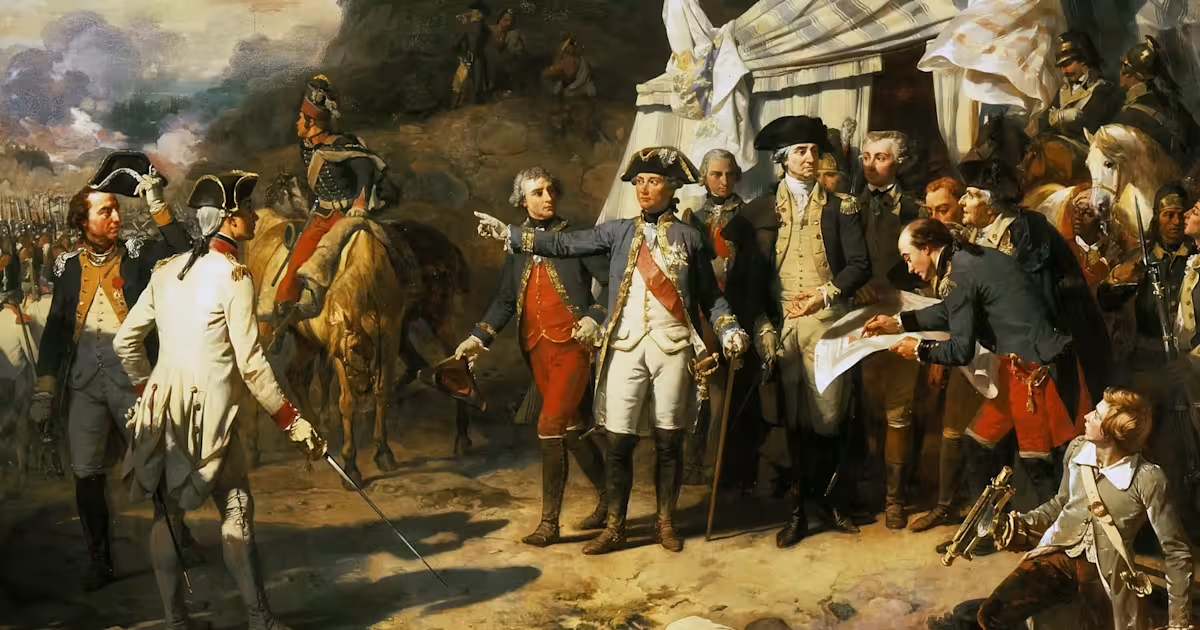
Fine Art Images/Heritage Images/Getty Images
Treaty of Paris (1783)
Although skirmishes continued, peace negotiations began soon after Yorktown. The Treaty of Paris, signed in 1783, recognized the independence of the United States and set boundaries extending from the Atlantic Ocean to the Mississippi River.
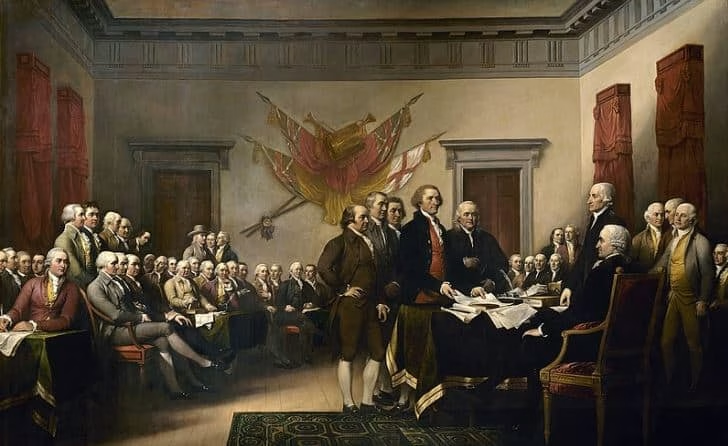
Signing of the Declaration of Independence by John Turnbull
Who Was President During the American Revolution?
The question is somewhat tricky because the presidency of the United States, as we understand it today, did not exist until the U.S. Constitution was ratified in 1789. During the Revolution, the colonies were governed by the Continental Congress, a body made up of representatives from each colony (and later state).
Leaders of the Continental Congress
The Continental Congress elected a presiding officer, sometimes referred to as “President of the Continental Congress.” However, this was more of a moderator role than an executive position. The president of Congress had no real powers like the modern presidency.
Notable presidents of the Continental Congress included:
- Peyton Randolph (1774–1775) – The first president of the First Continental Congress.
- John Hancock (1775–1777) – Famous for his bold signature on the Declaration of Independence, he presided over Congress during critical years.
- Henry Laurens, John Jay, Samuel Huntington, Thomas McKean, and others also served in this role.
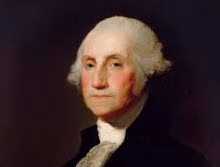
George Washington’s Role
If we interpret “president” more loosely as the chief leader of the Revolution, then George Washington could be considered the de facto head of the new nation during the war. As commander-in-chief of the Continental Army, he symbolized unity, provided steady leadership, and helped guide the colonies through military and political struggles. However, Washington did not hold the title of president until April 30, 1789, when he became the first President of the United States under the Constitution.
So, to answer the question directly: there was no U.S. president during the American Revolution. Instead, leadership was provided collectively by the Continental Congress, with Washington serving as the military head.
The Revolution’s Legacy
The American Revolution left a profound legacy not only for the United States but also for the world.
- Birth of a Nation: It established the United States as an independent country and introduced republican ideals into governance.
- Inspiration Abroad: The Revolution inspired other movements, including the French Revolution (1789) and independence struggles in Latin America.
- Debates on Rights and Equality: The Declaration of Independence’s famous phrase that “all men are created equal” planted seeds for future struggles against slavery, women’s disenfranchisement, and inequality.
- Constitutional Experiment: The Revolution demonstrated the challenges of self-rule. The initial Articles of Confederation (1781) created a weak central government, which ultimately led to the drafting of the stronger U.S. Constitution in 1787.
Conclusion
The American Revolution (1775–1783) was a defining struggle that transformed thirteen colonies into a sovereign nation. During this period, there was no president in the modern sense; leadership came from the Continental Congress and from George Washington’s military command.
The Revolution was not merely a war for independence but also a profound political experiment in democracy and self-government. It reshaped the world, set a precedent for future revolutions, and paved the way for the eventual creation of the U.S. presidency, a role Washington himself would come to embody just a few years after the Revolution ended.